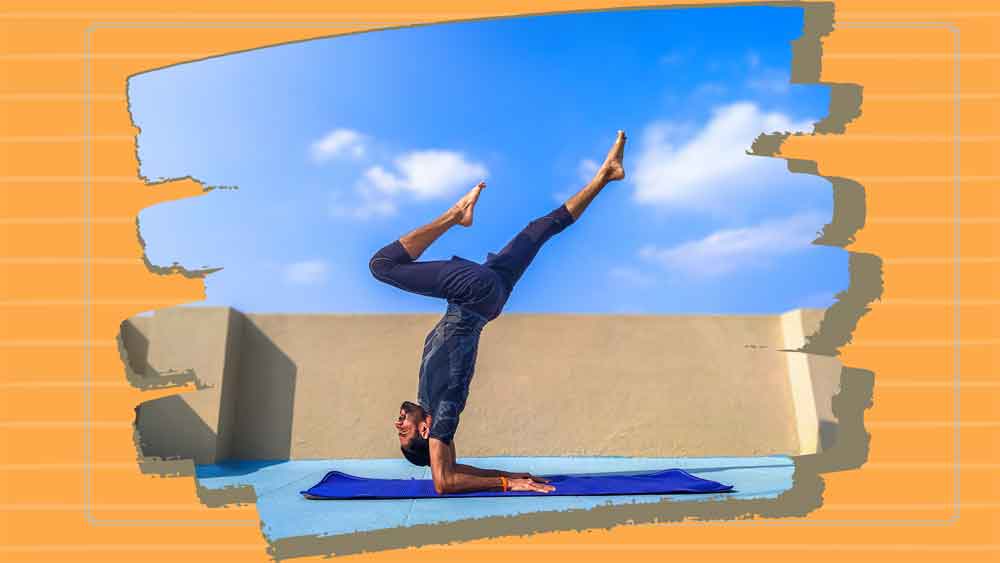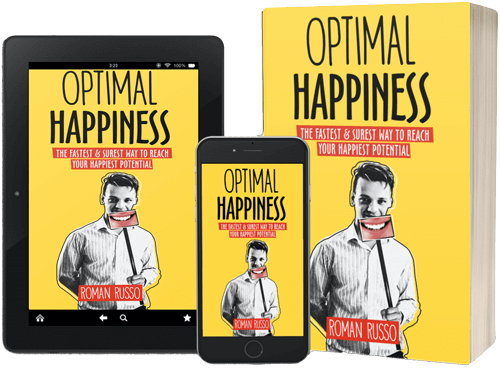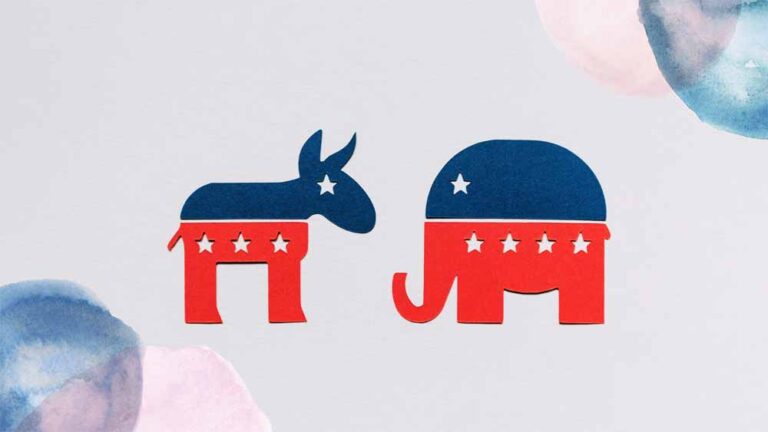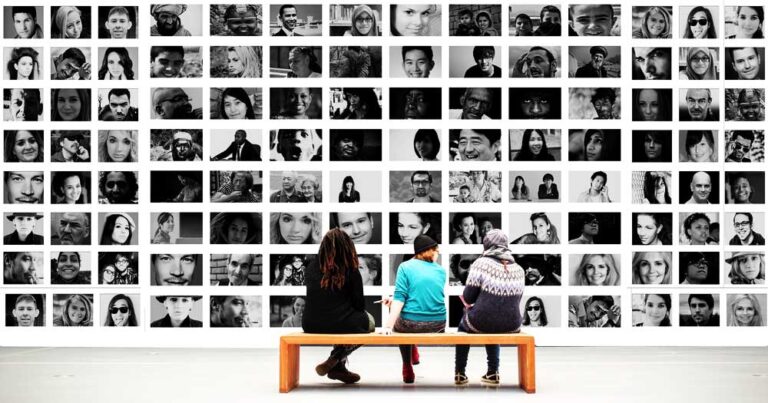Approximately 1 year ago I became a yogi after visiting India for the first time.
Here, I want to mention that I’m already a Buddhist. But what is Buddhism? Is it a religion or a self-help course designed to offer certain real, measurable, and current (in this lifetime) benefits in return for the practice of meditation? I prefer to think of it as the latter. I also call Buddhism the “religion of happiness,” as it teaches us many happiness related skills, promising even to outshine the traditional psychology-centered practice. This is why I prefer to look at it as a complement to my spiritual and personal life, rather than some religious doctrine.

Something similar can be said about yoga. I do yoga, not because of any religious worldview, but because it feels good to do it. It makes you more spiritual, healthy, and happy.
Yet, I find that yoga offers something that Buddhism doesn’t, such as physical activity, which doesn’t practically exist in Buddhism. As you may know, in Buddhism, we are told to slow down (generally speaking) and meditate (specifically speaking). Of course, this is just one big simplification, but personally, I can’t just sit for hours in the same posture, even if I go to a meditation retreat, as when I actually end up going to such a place, I regularly feel a need to stretch and exercise my body.
This being said, I don’t see yoga as just physical activity, as it is often portrayed in the west. Instead, yoga is many things. I remember reading that yoga has 8 dimensions (also known as the 8 Limbs of Yoga), which are:
1. Yamas are similar to a moral compass, principles that teach us how to treat others and the world around us. These include:
- Ahimsa (non-harming)
- Satya (truthfulness)
- Asteya (non-stealing)
- Brahmacharya (abstinence)
- Aparigraha (non-hoarding)
2. Niyamas is also similar to a moral compass, although in a different way, which teaches us to practice self-discipline.
- Saucha (cleanliness)
- Santosha (contentment)
- Tapas (heat)
- Svadhyaya (self-knowledge)
- Ishvarapranidhana (full surrender to the divine)
3. Asana is the practice of yoga postures.
4. Pranayama is breath control.
5. Pratyahara is a sense of withdrawal from the world.
6. Dharana is concentration, a single pointed focus of the mind aids in deep meditation.
7. Dhyana is meditation.
8. Samadhi is enlightenment.
8 Limbs of Yoga are a bit technical, but we can already see that asana (postures) are only 1 out of the 8 parts of yogi practice. Furthermore, in Buddhism, we also have everything similar (not the same), except asana.
Overall, I think that it completely makes sense for me to look at yoga as an extra dimension of life, to listen to other masters, and push my body and mind in a completely new way.
My trip to India was insightful, spiritually awakening, and very much recommended to anyone who is looking for something similar in their lives. After all, I always say that people should travel more, as it opens their eyes to things they miss living exclusively in their own culture (no matter which one it is).
So why not go to India? Why not try yoga? It worked for me and it can work for you, too!
















1 thought on “Yoga: What It Taught Me About Happiness”
Pingback: “Flow” Wasn't Originally Invented by Mihaly Csikszentmihalyi